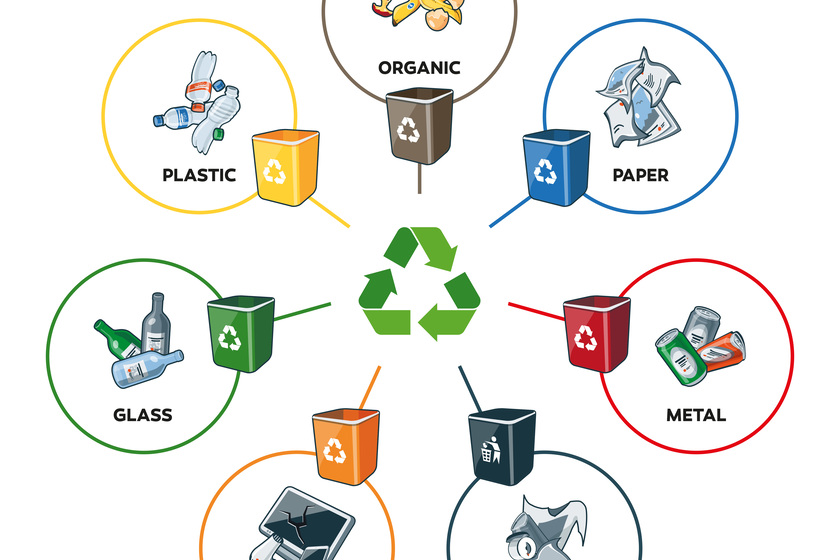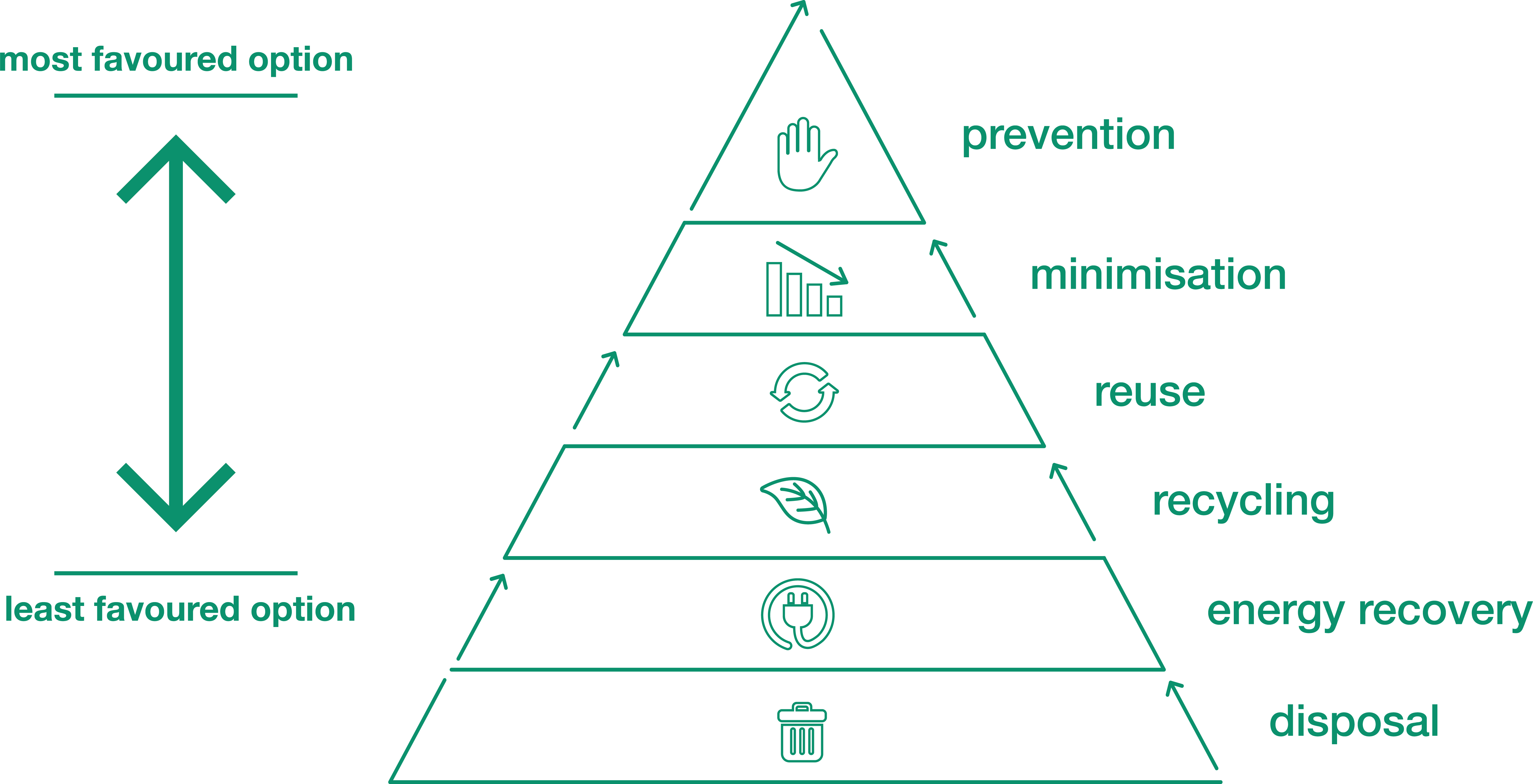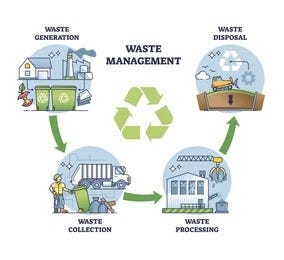Recycling Lives Services: Transforming Waste into Valuable Resources
Recycling Lives Services: Transforming Waste into Valuable Resources
Blog Article
Discovering Different Kinds Of Waste in Modern Waste Management Systems
The contemporary landscape of waste administration includes browsing a complicated array of waste kinds, each requiring specialized handling and disposal techniques to mitigate environmental impacts. Municipal strong waste, dangerous waste, electronic waste, and natural waste each existing distinct obstacles and opportunities for source recovery.
Municipal Strong Waste
Community solid waste, often described as home trash or waste, encompasses a range of discarded products generated by residential, business, and institutional sources within a municipality. This waste stream typically includes products such as packaging, food scraps, lawn trimmings, paper, plastics, textiles, and thrown out household products. The administration of community strong waste is an important component of metropolitan preparation and public health and wellness, requiring efficient collection, transportation, and disposal systems.
Efficient waste monitoring systems are developed to lessen ecological impact while making the most of source recuperation. This typically involves a combination of methods consisting of recycling, landfilling, and composting. Reusing programs target products like paper, glass, metals, and particular plastics, diverting them from landfills and reestablishing them right into the manufacturing cycle. Composting natural waste, such as food scraps and backyard trimmings, not just lowers garbage dump use but additionally produces important soil changes.
Districts must additionally deal with the logistical and financial difficulties related to waste management. Implementing pay-as-you-throw systems, boosting public understanding, and spending in innovation can dramatically boost waste diversion prices. By integrating these methods, communities can cultivate sustainable neighborhoods, decrease greenhouse gas emissions, and preserve all-natural resources.
Contaminated Materials

Efficient unsafe waste monitoring involves several important actions: recognition, segregation, disposal, and therapy. Segregation makes certain that dangerous materials are kept individually from non-hazardous waste to protect against cross-contamination.
Regulatory structures, such as the Resource Preservation and Healing Act (RCRA) in the USA, provide guidelines and requirements for harmful waste administration. Adherence to these guidelines, combined with advancements in waste treatment technologies, is essential in reducing the risks connected with contaminated materials.
Digital Waste
Electronic waste, typically referred to as e-waste, stands for a rapidly expanding challenge in waste management systems worldwide. This type of waste incorporates thrown out digital devices and equipment such as mobile phones, computers, televisions, and various other digital home appliances. The rapid rate of technical improvement, paired with decreasing item life-spans and consumer demand for the most up to date tools, has tremendously increased the volume of e-waste created every year.
E-waste is specifically troublesome as a result of its complex make-up, usually containing harmful materials like cadmium, lead, and mercury, which pose substantial ecological and health threats if not properly managed. On the other hand, e-waste also consists of useful products such as copper, silver, and gold, which can be visit this site right here recouped and reused. The double nature of e-waste-- both hazardous and useful-- necessitates specific handling, reusing, and disposal processes.
Efficient e-waste management involves strict regulative frameworks, durable collection systems, and advanced reusing modern technologies. Public understanding and engagement are vital, as incorrect disposal methods, such as illegal discarding and casual recycling, worsen environmental contamination and carcinogen. As a result, enhancing e-waste management techniques is essential for alleviating ecological impact and recuperating valuable resources in a significantly electronic globe.

Organic Waste
Organic waste, comprising kitchen scraps, lawn trimmings, and agricultural residues, stands for a substantial section of the international waste stream. This kind of waste is biodegradable, suggesting it can be broken down by microbes into less complex organic substances. In spite of its potential for natural decay, incorrect administration of read this natural waste can result in damaging environmental influences, including the discharge of greenhouse gases such as methane, which add to environment modification.
Reliable administration of natural waste is crucial for decreasing these environmental influences (recycling lives services). Composting is an extensively embraced technique, changing natural waste right into nutrient-rich garden compost that can boost soil health and farming performance. Furthermore, anaerobic digestion is an emerging technology that transforms organic waste into biogas, a renewable resource source, and digestate, which can be made use of as fertilizer
Municipalities and waste monitoring entities need to carry out robust natural waste collection and treatment programs to take full advantage of the benefits of these processes. Public education projects can also play a pivotal function in motivating houses and companies to different natural waste from other types of waste. By prioritizing the administration of natural waste, cultures can lower landfill usage, lower greenhouse gas discharges, and produce useful results for farming usage.

Innovative Waste Administration
In the realm of waste administration, innovative techniques are transforming exactly how cultures handle their refuse, going for sustainability and performance. These innovations include a variety of modern technologies and practices that boost reusing prices, reduce landfill dependency, and reduced ecological influence. One prominent development is the application of wise waste containers equipped with sensors that check fill levels and optimize collection paths. This not only decreases gas intake however also decreases greenhouse gas discharges.
Another significant development is the adoption of waste-to-energy (WtE) innovations. By converting non-recyclable waste advice into useful power with processes such as incineration and anaerobic food digestion, WtE lowers land fill burden and gives a renewable resource resource. Furthermore, developments in chemical recycling enable the failure of complicated plastics into their initial monomers, allowing the creation of brand-new, top notch plastic products.
Moreover, the circular economy model is obtaining traction, highlighting the layout of items and systems that focus on reusability and source performance. This alternative strategy encourages sectors to reduce waste generation from the start. Through these ingenious strategies, contemporary waste monitoring systems are not only addressing the instant difficulties of garbage disposal but likewise leading the way for a much more lasting future.
Conclusion
A detailed understanding of metropolitan solid waste, unsafe waste, electronic waste, and organic waste, paired with the execution of innovative waste administration solutions, is essential for alleviating ecological influences. Integrating modern technologies such as smart waste bins and waste-to-energy systems can improve effectiveness and sustainability. Reliable waste monitoring techniques not just foster source recuperation but also promote public understanding and involvement, inevitably adding to the development of a round economy.
The modern landscape of waste management includes navigating a complicated array of waste types, each requiring specialized handling and disposal approaches to mitigate ecological influences. Metropolitan strong waste, harmful waste, digital waste, and natural waste each existing distinct challenges and opportunities for source recuperation.Digital waste, generally referred to as e-waste, represents a swiftly expanding difficulty in waste administration systems worldwide. With these ingenious methods, modern waste management systems are not just resolving the prompt difficulties of waste disposal however likewise leading the means for an extra sustainable future.
A detailed understanding of community solid waste, harmful waste, digital waste, and organic waste, coupled with the execution of ingenious waste management remedies, is vital for minimizing environmental influences. (recycling lives services)
Report this page